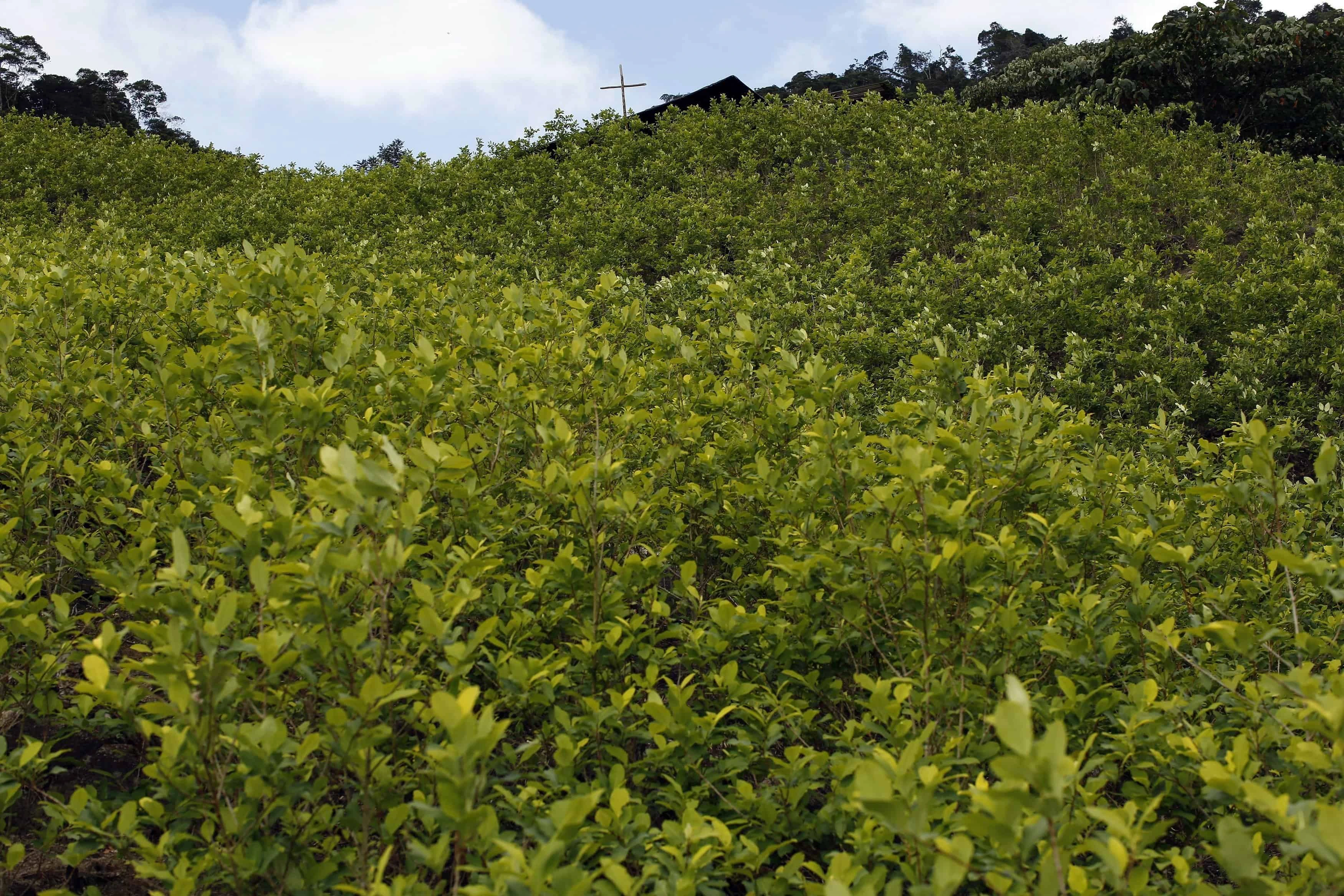By Matias Sebastian Lopez
Copyright riotimesonline

The United Nations Office on Drugs and Crime reported that coca cultivation in Colombia rose from 230 000 to 253 000 hectares in 2023, marking a 10 percent increase.
Officials estimate potential cocaine production grew by 53 percent as fields expanded. Data come from the UNODC’s 2023 Crop Monitoring Report.
Coca expansion extended beyond Putumayo, spanning 16 of the country’s 19 coca-growing departments. Cauca and Nariño recorded the largest area increases outside the traditional zones.
The Pacific coast accounted for 40 percent of new plots, often in dense cores exceeding 12 hectares per square kilometre. Only San Pablo-Taracué in Bolívar saw a small 3 percent reduction.
Long-standing zones retained nearly 90 percent of total coca, while decentralised areas featured smaller, scattered farms far from trafficking routes.
These scattered plots saw lower yields and suffered marketing challenges. The shift into new regions risks fueling violence as armed groups secure funding through coca profits.
Colombian forces responded by seizing a record 848.5 tonnes of cocaine in 2024, a 14 percent rise over the previous year. Security operations destroyed 5 329 illicit processing sites, two percent more than in 2023.
Between early 2024 and mid-2025, authorities eradicated and substituted over 11 000 hectares of coca with legal crops, with 8 000 hectares in Putumayo alone replaced by food and fiber plants.
Experts project coca areas to decline by the end of 2025 as eradication and substitution programs take effect. The government’s dual approach combines strict enforcement with rural development.
Officials aim to offer farmers viable alternatives and restore degraded land. The surge in coca fields threatens security by financing armed groups and risking violent spillover into new territories.
Widespread deforestation and chemical runoff endanger water, soil, and human health. Neighbouring countries may confront rising crime and migration pressures, while global cocaine supply risks growing, potentially escalating addiction rates.
The coming months will reveal whether combined law-enforcement pressure and rural support can reverse the long-standing expansion of illicit coca farming.



